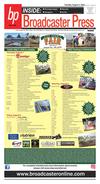8




08 Broadcaster Press
August 21, 2012 www.broadcasteronline.com
Acreage management
considerations
during a drought
“Take Half, Leave Half,” is a
grazing rule of thumb which Mindy
Hubert, SDSU Extension small
acreage field specialist, says has
taken on a new meaning during the
drought.
“This is a difficult management
technique to implement when the
plant is less than half of its previous
year’s total growth before grazing
season even started,” Hubert said.
Although the drought has taken
its toll on pastures and hay
availability, Hubert provides a list
of management tips to help acreage
managers to minimize the negative
impact of the drought on their land
and pocketbook:
• Save your pastures: Even with
the sky-high price of hay, the longterm damage that can be done to
pastures by overgrazing is not worth
the extra day or two of not feeding
hay to horses.
• Monitor pastures: Pastures that
lasted two months last year, might
not last even one month this year.
Don’t assume, but rather check the
pasture every few days and remove
animals before half the forage has
been removed. In certain areas of
South Dakota, grasshoppers are
accounting for a significant amount
of forage removal.
• Buy hay in bulk: Get together
with other livestock owners and
share the shipping costs, if
necessary. Buy round bales or large
square bales, if you have the
equipment to handle them. For
more information on where to
locate hay, contact Hubert at (605)
394-1722 or
mindy.hubert@sdstate.edu.
• Budget: Estimate annual feed
consumption and be sure to
purchase enough hay, knowing that
pastures won’t last as long as they
have the past couple of wet years.
Otherwise livestock owners will run
short and the price of hay will only
increase as we enter the winter. If
acreage managers cannot afford to
feed all of their livestock, they may
have to consider selling them or, if
feasible, taking out a feed loan. “If
the numbers just don’t pencil out,
don’t put yourself at financial risk,”
Hubert advises.
• Feed efficiency: Invest in a
quality hay feeder that minimizes
waste. Horses can waste more than
50 percent of a round bale if not
placed in a feeder. Feeder type can
also greatly affect the amount of
waste. For more information, visit
iGrow Horse
(http://igrow.org/livestock/horse/)
today. Monitor your animals’ body
condition and don’t over feed.
Consider limiting the time they
spend at the hay feeder.
For more information, visit
iGrow.org.
3 ??36????3??3???
3 ?????3?34????
?
3 ???34?????3?3????????3????3??3?3???
3 ????38???36?????3???3?37????3???3????????37
3 ????3?3?3?????34????3??36??????3??3?35??
3 ????3?3?3???34????3??36??????3??3
????????
3 ?????35???3?37??3????3??3?????3?3???
3 ????3?3?3??????34????3??3???3???????3????3????????3??
9
3 ??3???????3????????3????3???3???3????????
?
3 ??????????????????
3 ?3?????
7
3 ?3??????35????3?3????????????
7
3 ????3??????35????3?3????????????
Drought Monitor
largely unchanged
Conditions on the U.S.
Drought Monitor were
largely unchanged except for
a small area over the Black
Hills which was reduced
from Extreme Drought (D3)
to Severe Drought (D2), says
Dennis Todey, SDSU state
climatologist.
“Recent rainfalls over the
area and somewhat cooler
conditions reduced the
impact of the drought
conditions,” Todey said.
“Over the last 30 days the
central Black Hills have
actually received above
average precipitation.”
Although this has helped
ease some concerns, Todey
says the Black Hills remain
in Severe Drought.
He adds that the rains
have also helped green-up
some pasture and rangeland
in some areas of the west,
helping ease the fire danger
slightly.
The rest of the drought
status statewide was
unchanged, as some
precipitation and cooler
temperatures keep
conditions from worsening.
Todey says recipitation
totals, though, were not
sufficient to indicate
improved conditions.
“Some small areas did
receive some precipitation
mid-week. These areas along
with some small areas from
last week could be in time to
help soybeans recover some
yield,” said Laura Edwards,
SDSU Extension climate
field specialist. “They will
also help people that still
have corn get closer to
maturity.”
Both Todey and Edwards
noted that while the map is
released on Thursday
morning each week, the cutoff time for data is 7 a.m.
Tuesday. Thus, any
precipitation after that point
must be incorporated on the
next week’s map.
SDSU Extension will
provide weekly drought
briefings throughout the
2012 growing season. To
keep up to date on how the
drought is impacting South
Dakota’s agriculture
industry, visit iGrow.org.
Please Recycle


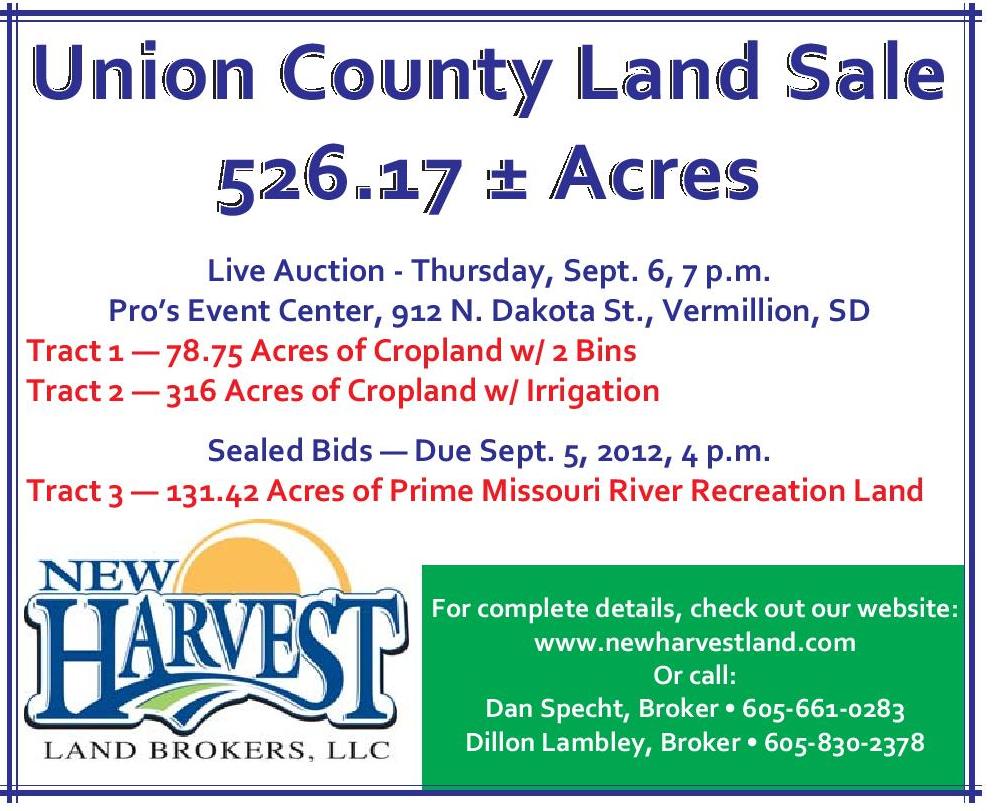




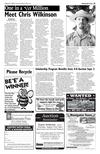

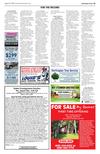




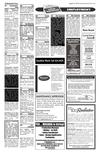

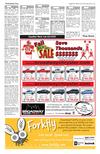
 Previous Page
Previous Page






